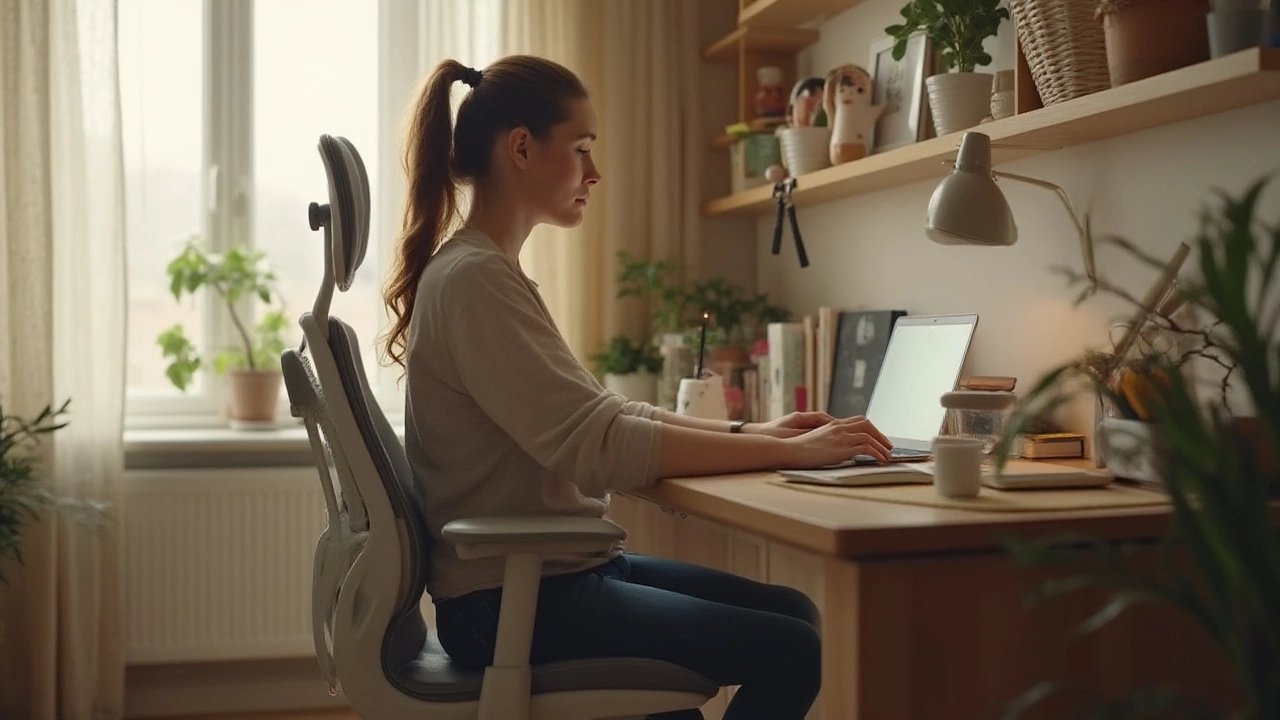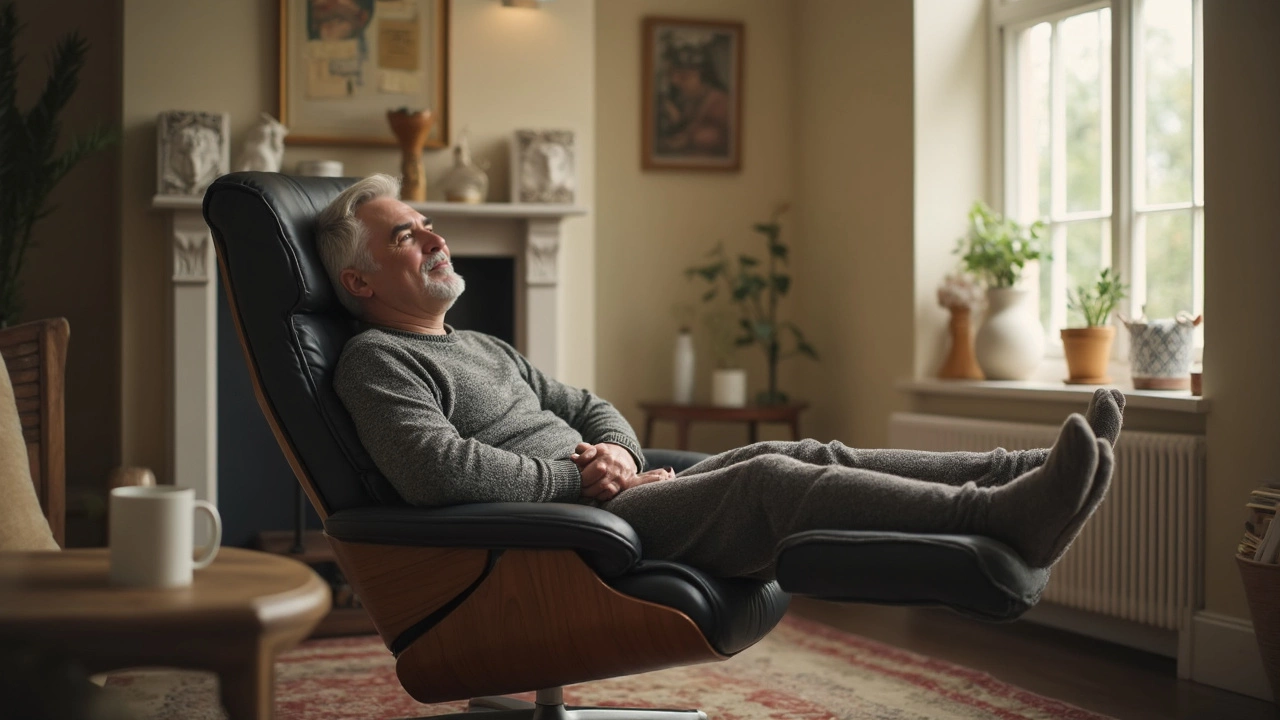Sitting Posture: Quick Fixes and the Right Furniture
We spend hours in chairs – at work, at the TV, even while gaming. Bad posture can creep in without you noticing, leading to aches, fatigue, and lower productivity. The good news? Small adjustments and smarter seat choices can make a huge difference right away. Below are practical steps you can start using today, plus the kinds of chairs that actually support a healthy spine.
Why Good Posture Matters
When you slouch, the spine bends unnaturally and muscles work harder to keep you upright. Over time that extra strain shows up as neck pain, sore shoulders, and even lower‑back issues. Good posture aligns the ears over the shoulders and the shoulders over the hips, letting your body move efficiently. It also helps breathing – an open chest means deeper breaths, which can boost focus and mood.
Think about the last time you felt a twinge after a long Zoom call. Chances are you were leaning forward or hunching over your laptop. Changing that position for just a few minutes each hour can reset your muscles and prevent the buildup of tension.
Furniture Choices That Help
Not all chairs are created equal. An ergonomic office chair with adjustable lumbar support can keep the lower back in a neutral curve. If a traditional office chair feels restrictive, consider an active‑sitting option like a yoga ball or a kneeling chair – they encourage micro‑movements that keep the core engaged.
People with ADHD often benefit from “focus chairs” that allow gentle rocking or tilting. These seats let the body move without distracting the mind, helping concentration stay steady. For seniors, look for chairs with firm cushions, armrests, and a seat height that lets feet rest flat on the floor; this reduces pressure on the hips and improves circulation.
When shopping, test a chair for at least five minutes. Sit back, lean against the backrest, and see if the lumbar curve matches your natural spine shape. Adjust the seat depth so your knees stay at a 90‑degree angle, and make sure the armrests don’t force your shoulders up.
Beyond the chair, position your desk so the monitor sits at eye level and your elbows stay close to a 90‑degree angle. A simple footrest can raise the hips slightly, promoting a more upright stance.
Incorporating these tweaks takes a minute, but the payoff is less pain and more energy throughout the day. Start with one change – adjust your chair height – and build from there. Your back will thank you.
Flatten Your Stomach While Sitting: Easy Seated Ab Workouts & Tips
Learn how to flatten your stomach while sitting with easy exercises, posture hacks, and simple habits that really work. Perfect for work or home routines.
MoreOptimal Desk Height: Should You Sit Higher or Lower for Better Ergonomics?
Discover if sitting lower or higher at your desk benefits your health and productivity. Learn science-backed facts and practical tips for perfect desk setup.
MoreHealthiest Way to Sit in a Recliner: Real Tips for Everyday Comfort
This article gets right to the point on how to actually sit in a recliner the healthy way. You'll find out what your back and legs need, which mistakes most people make, and how to get the most comfort without wrecking your posture. With evidence-based advice and no nonsense, you'll learn little tricks that can keep you pain-free. Whether you binge Netflix or nap, the tips here will make your recliner time healthier. Get ready to enjoy your favorite chair without regret.
More


